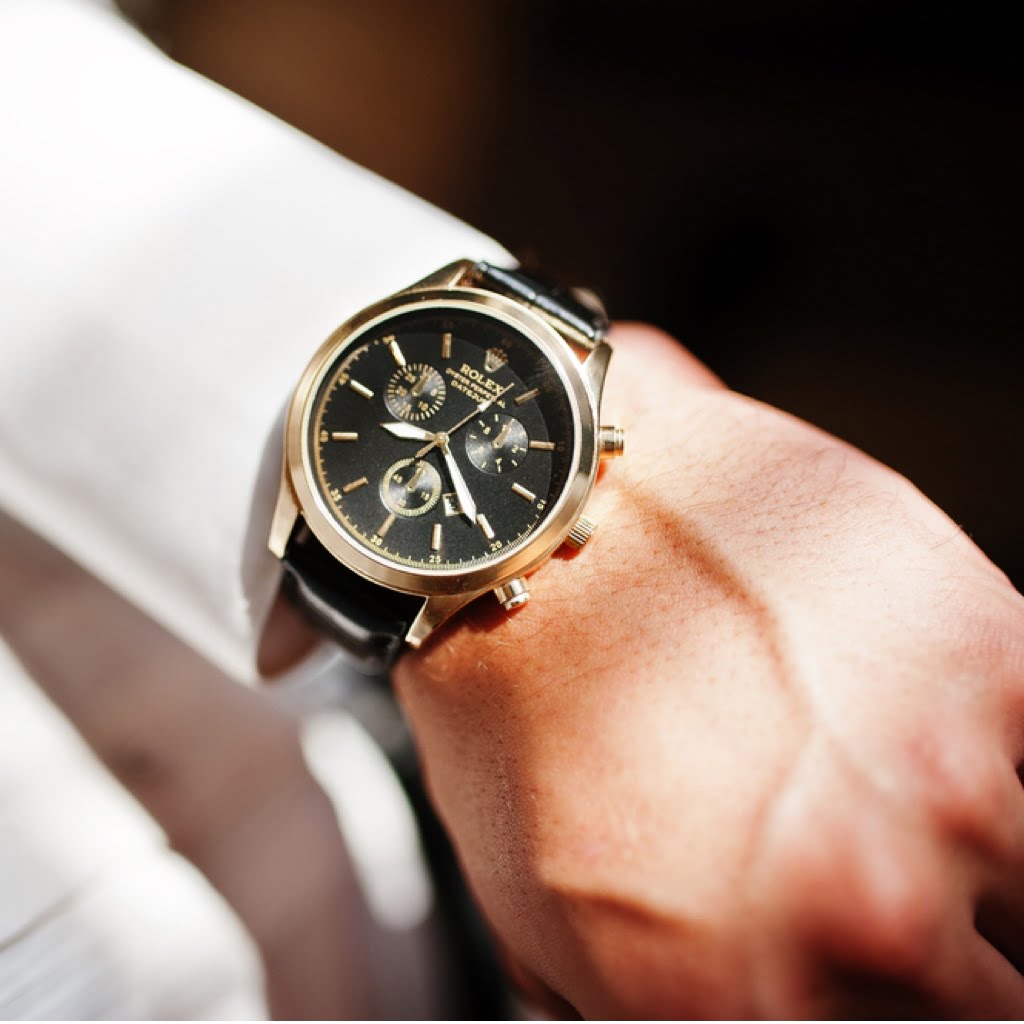The vast majority of people are unable to tell a genuine Rolex watch from a fake one. This is a critical feature whenever products with a significant market value are concerned.
A record was achieved in October of 2017, as the Rolex Daytona watch model that belonged to famous actor Paul Newman was auctioned off for 17.8 million at the Philips Auction House in New York. This extraordinary amount allowed this watch to become the most expensive Rolex watch ever auctioned.
Despite the celebrity and refinement of this watchmaking process, about 70% of the people are unable to notice the difference between a genuine Rolex model and a fake one. That is also important because Rolex watches are among the most forged items in the world, due to their worth and charm.
When it comes to identifying genuine Rolex watches, there are six elements that you should know to help identify these watches:
Magnifying A Rolex Watch
Many Rolex watches feature a calendar within the quadrant (usually near the 3). In order to warrant the optimal working of every element, this calendar is small and, in order to read it correct, genuine Rolex models feature a 2.5x magnifying glass (called a Cyclops). Fake Rolex models usually feature no lens, mount a smaller lens, or have a simple, non-magnifying, glass element.
Weight of a Rolex Watch
It often happens that fake Rolex models weigh less than the genuine ones. This is because genuine Rolex models are created with materials of the highest quality having a greater weight.
Water Test
Rolex watch models are watertight and fully hermetic. They can resist being immersed in water for a few seconds. Usually, fake Rolex models do not have this feature, and this allows water to seep in. Specific Rolex models, like the Submariner, have been specifically created for deeb scuba diving.
Engraving of a Rolex
Perfection lies in the details. That details allows those to identify and tell a genuine Rolex model from a copy of one. In the vast majority of cases, the engraving featured in fake Rolex models is imperfect and confirms the lack of percision by the producers of fake Rolex watch models.
Rear of a Rolex Watch Case
Besides some very rare models, many produced during the 1930s, the rear of a Rolex watch case is never made of glass, crystal, or plastics. Therefore, they are not see-through. Many producers of fake Rolex watch models usually make the rear of their watch case of transparent materials, in order to cheat buyers by showing them the “precision” of the inner gears.
Furthermore, genuine Rolex watch models feature engraving within its watch cases rather than in the rear.
Hands of Rolex Watches
The gears of Rolex watches have a fluid movement, and their hands do not spring nor move irregularly. Even the ticking of a Rolex watch is both fluid and constant, being very homogeneous in nature. This does not happen with fake Rolex models, as they have an evident and irregular ticking instead.
Rolex watches are a symbol of luxury and elegance. As a result, they are subject to significant faking and forgeries. The differences between genuine and fake models are not so evident. The presence of more shoddy elements may be detected by carefully examining a watch when it is a fake, but only acutal experts are able to ascertain the authenticity of any given Rolex watch model.






